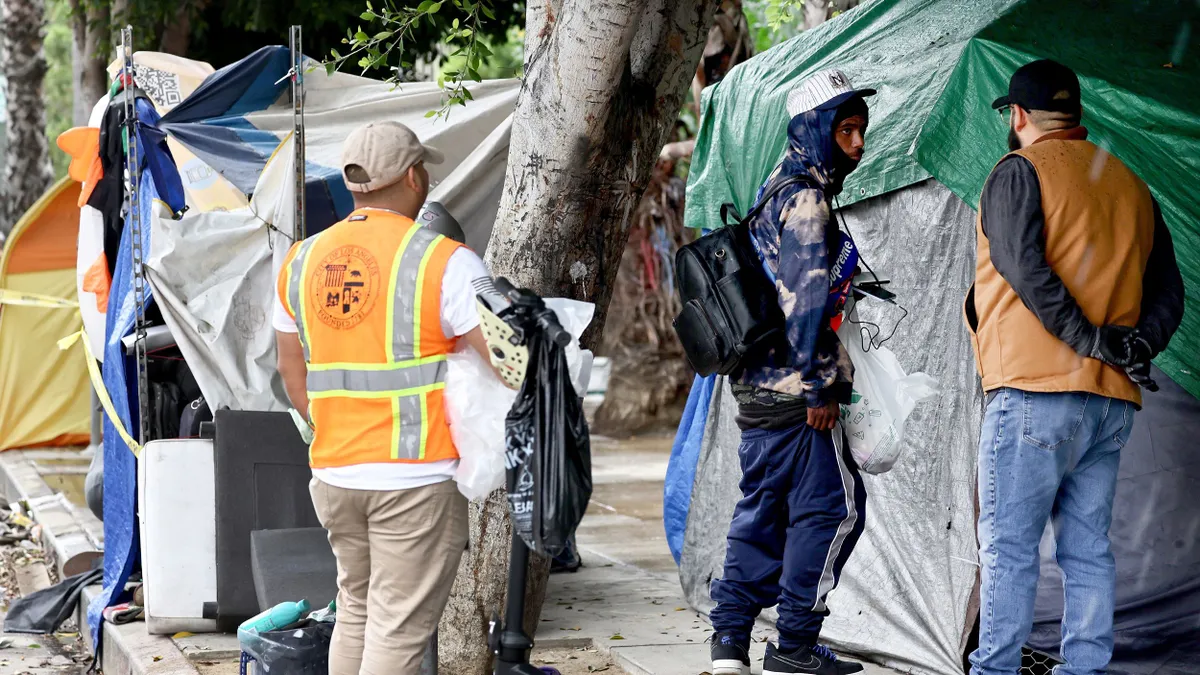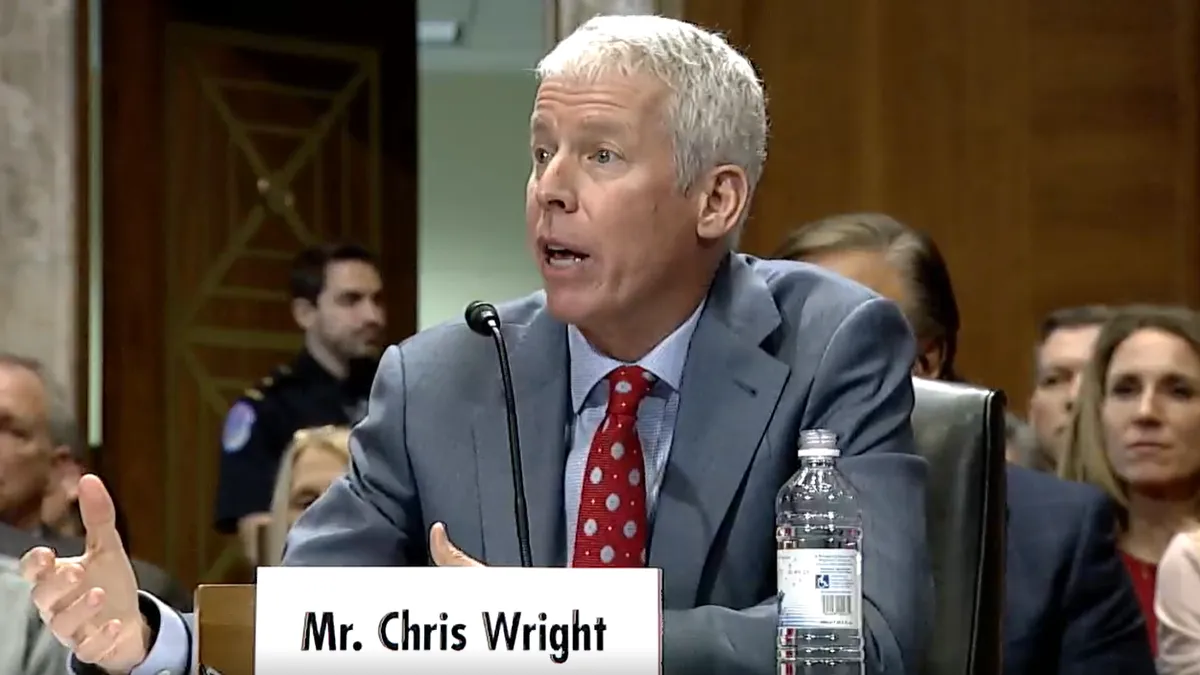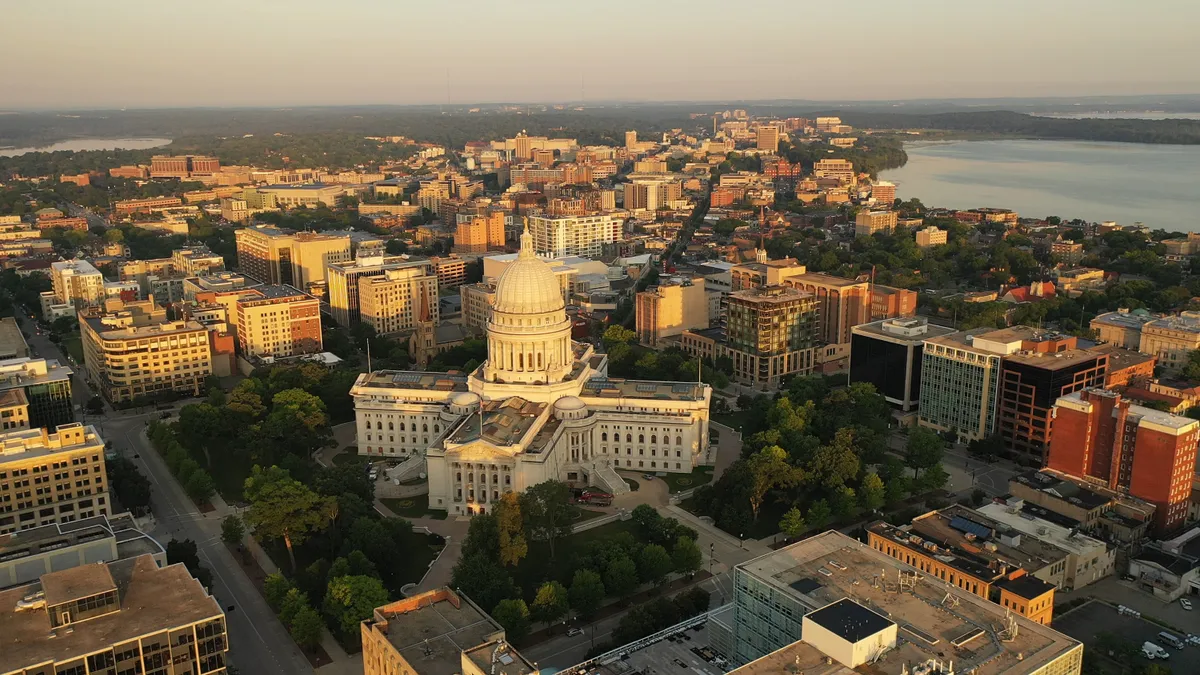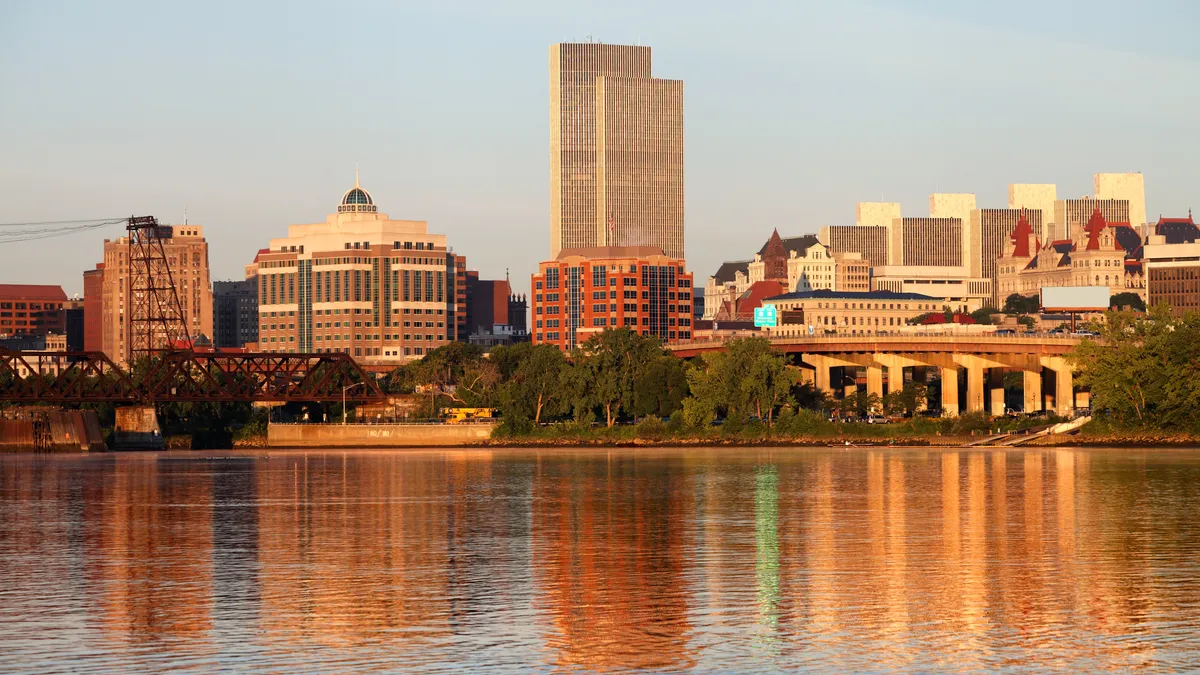Editor's Note: The following is a guest post from Chris Shaffner, senior vice president of the Water and Community Facilities division at CoBank.
Most Americans take access to clean drinking water for granted. Most Americans — but not all.
According to the Environmental Protection Agency’s 2018 National Center for Environmental Assessment study, people living in poverty are exposed to more fine particulate matter — a known carcinogen — than those living above the poverty level. This likelihood is consistent throughout the country across all kinds of communities: urban, suburban or rural.
Research finds lower-income communities of color are disproportionately impacted by pollution. We also know that African Americans are twice as likely as white people to live without modern plumbing and Native Americans face more difficulty accessing clean water than any other group.
Tracing water inequality
Because financing for most water infrastructure projects comes from local rate payers, an area’s low-income base can lead a water utility to defer investments in upgrades and forgo regular maintenance due to budget constraints. Regulations and inadequate municipal financing can also hamper or redirect project funding as well as the local allocation of water rights.
While local, state and tribal governments, along with federal agencies, are smart to acknowledge the history and existence of environmental inequalities within their jurisdictions, it’s also fair to acknowledge that those injustices vary significantly in terms of size, ownership and complexity. There is no simple or uniform solution here.
For example, Chicago residents coexist with the legacy of some 385,000 lead pipes in their water system. This reality exposes an alarming number of households to unsafe lead levels. The nature of the city’s finances and competing priorities prevents a comprehensive response — for now, anyway. Public outcry continues to grow, along with increasingly forceful demands for action.
But Chicago isn’t alone in trying to nurse an ancient water infrastructure. Many of the nation’s urban and rural pipes need repairing, with systems in many cities and towns well past their centennials.
Meanwhile, a dearth of infrastructure in other parts of the country means that some communities have never had adequate clean drinking water. The 2010 U.S. Census found more than 2 million people living without access to modern plumbing, which does not include those communities with modern plumbing but dangerous water at the tap. Moreover, many acknowledge that this is a dramatic undercount, but we lack the nuanced data necessary to accurately measure the crisis and inform policy.
A call to action
While the price tag for a nationwide upgrade is steep — $1 trillion over the next 20 years, according to the U.S. Water Alliance — we do have the means to give every person living in America equitable access to clean drinking water. Here’s where we start:
1. Build awareness of the issue and its severity
For water inequity to receive the kind of attention that drives meaningful action, it must be understood as a humanitarian crisis. The disproportionate scarcity of safe drinking water within marginalized communities needs to be amplified with data, like the report and action plan produced by DigDeep and the U.S. Water Alliance. It’s an important national briefing on the issues in front of us — one that provides a way forward.
2. Create structures to ensure affordability
Access to an essential resource like clean water should not be a matter of affordability, yet many communities still don’t offer assistance programs that reduce the cost burden on their economically challenged residents. Whether through fixed discounts, payment plans or forgiveness for those who fall behind in payment, there should be a safety net to keep water flowing to society’s most vulnerable households.
3. Promote conservation
Scarcity drives up the cost of water, exacerbating the issue. By encouraging communities to lower water bills through incentives, rebates and waste-reduction education programs, households, corporations, and even utility-wide systems could achieve greater efficiency. Any progress would help contain service and use rates to reduce the stress of water systems. The agricultural community’s efforts in water conservation and hygiene, for example, have measurable effects on the availability of clean drinking water nationwide.
4. Embrace regionalization
Putting aside the traditional controversies and benefits of water system consolidation, there is real value in considering regionalization as an equity tool. The often-cited small-town battle cry for utility (and community) independence from a regional "takeover" fades in the face of crisis. We know that when smaller water districts cooperate with one another or with larger entities, it results in economies of scale from sharing operating expenses and a more extensive asset base that makes it easier to access capital affordably.
This, in turn, can help fund upgrades, improve cost structures and stabilize rates. By understanding regionalization as an equity tool, federal agencies can prioritize water equity by creating financial or other incentives for stronger utility systems to extend their physical infrastructure, services, technologies and clean water to adjacent marginalized communities. Further efforts to prioritize utility grant and loan requests that incorporate water equity efforts would be a great programmatic start.
Heeding the wake-up call
For those of us who have clean water today and who always have, awareness is central to addressing the disproportionate scarcity of safe drinking water in marginalized communities. For those who have ready access to clean water, it’s easy to overlook the concept of water stress. But unlike so many other challenges, this one can be solved through greater understanding and action.
By sharing data and taking a clear-eyed look at the state of water within our communities, together we can find a path to prioritize this particular inequity. If we really believe in individual opportunity, if we agree that equal access to food, safe shelter and clean water are the foundation of a stable, healthy and productive society, then it’s time to act.



















